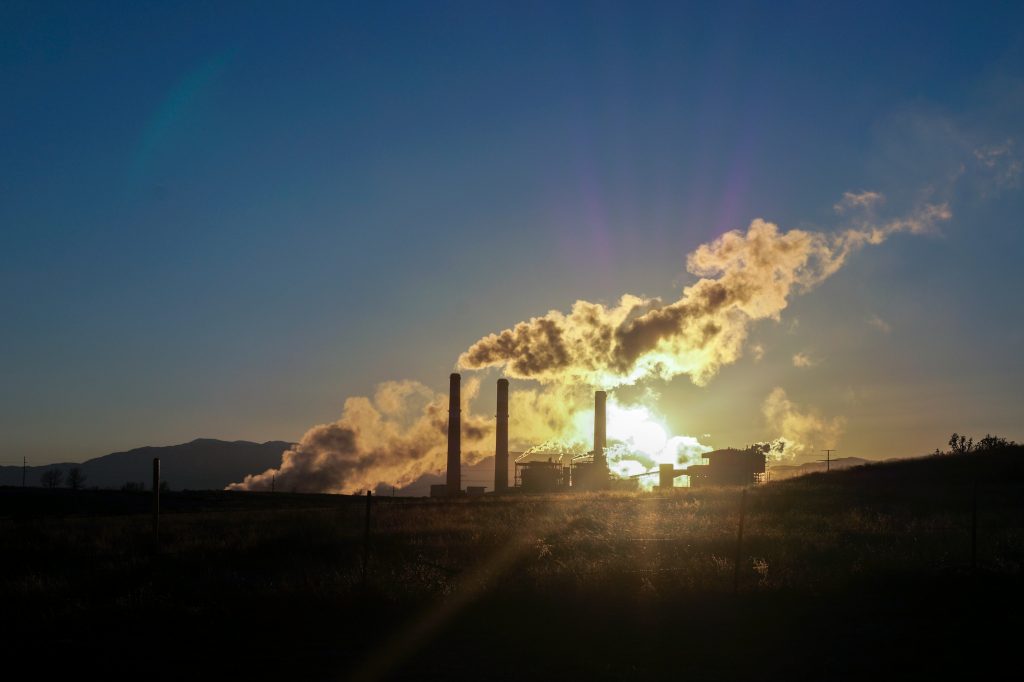It shouldn’t come as a surprise that consumers and industries the world over need to take action now to reduce emissions and prevent the worst effects of climate change. Our collective carbon footprint, most notably in the context of industry emissions, is key in that. Consumers are taking a stance – and expect brands to do the same. Let’s look at carbon traceability and how you as a commodity trader can keep your fingers on the pulse in Agiblocks.
Carbon emissions and the Paris Agreement
Reducing carbon emissions is an important part of the Paris Agreement, the international treaty on climate change that was adopted by 196 Parties at the UN Climate Change Conference (COP21) in the French capital in 2015. It entered into force on 4 November 2016.
Implementation of the Paris Agreement requires economic and social transformation, based on the best available science. The Paris Agreement works on a five-year cycle of increasingly ambitious climate action carried out on the national level. Since 2020, countries have been submitting their national climate action plans, known as nationally determined contributions (NDCs). Each successive NDC is meant to reflect an increasingly higher degree of ambition compared to the previous version. The Paris Agreement provides a framework for financial, technical and capacity building support to those countries who need it.
Targets – and how to get there
Targets include the necessary reductions required to keep global warming below 1.5 degrees Celsius, the most ambitious goal of the Paris Agreement – and what the latest science has told us is needed to prevent the most damaging effects of climate change.
So, reducing carbon emissions is a business imperative. Carbon emissions are responsible for about 80 percent of overall greenhouse gas emissions, the others being methane (10 percent), nitrous oxide (7 percent) and fluorinated gases (3 percent). Which is why businesses must monitor and report their CO2 emissions – the first step in reducing them.
Although climate change action needs to be massively increased to achieve our international goals, we have witnessed an increase of low-carbon solutions as well as an emergence of new markets. Carbon neutrality targets are becoming more and more established, in turn leading to zero-carbon solutions becoming competitive across many economic sectors – a trend that according to the UNFCCC secretariat (UN Climate Change, the entity tasked with supporting the global response to the threat of climate change) is most noticeable in the power and transport sectors and has created many new business opportunities for early movers. By 2030, zero-carbon solutions could be competitive in sectors representing over 70% of global emissions.

Carbon traceability
Carbon traceability involves tracking carbon emissions from the sources down along the supply chain all the way to the point of final consumption or disposal. It can help identify emission sources, measure emissions at each stage, and monitor their movement.
The United Nations Global Compact defines traceability as “the ability to identify and trace the history, distribution, location and application of products, parts and materials, to ensure the reliability of sustainability claims.” Carbon tracking involves gathering data on a company’s greenhouse gas (GHG) emissions, including direct emissions (Scope 1), indirect emissions from purchased electricity, heat, and steam (Scope 2), and indirect emissions from the value chain (Scope 3). More specifically, Scope 3 involves tracking carbon emissions from their sources to consumption points in a supply chain.
It's the law
Now, keeping an eye on the carbon footprint of any process or product is not just a way to keep track of emissions in line with overall goals such as the Paris Agreement. From 2025 on, there will be several new laws for trade as well – ESG, CSRD, EUDR. We stress the word new here, as the Paris Agreement is already a legally binding international treaty.
The additional legislation then is all about social-economic sustainability and responsibility and the proper documentation of each in every step of the way so that CFO’s and CEO’s can be accountable for it in their annual accounts and financial statements. In other words, be able to provide proof of your best efforts as well as be accountable when they fall short.

Deforestation
When we’re talking about sustainability in the commodity industry, another big factor is deforestation monitoring. This is particularly relevant when you think that you can trace sourced commodities to their exact geolocation and receive evidence for the deforestation status of each of your suppliers. For instance, Artificial Intelligence-powered satellite monitoring enables you to ensure compliance at scale.
According to the World Economic Forum, digital tracing can play an important role in reducing industrial carbon emissions – if a) the information is detailed and easy to disclose if companies are to benefit from the competitive advantage that better end-to-end traceability can offer, and b) end-to-end traceability technologies also promise to improve industrial resilience by digitally enforcing trust across manufacturing and production systems.
Carbon tracking in commodities
In Agiblocks, we offer tools that allow carbon footprint reporting. AI can play an essential role in helping companies calculate their product carbon footprint. What’s compelling here is being able to monitor it. It’s nice to have goals, it’s better to have ways to actually monitor and, if necessary, adjust your progress along the way.
Digitization of the supply chain is one way to reduce carbon emissions, while carbon traceability is the way forward to reach the net zero goals. Agiblocks has got you covered.
Would you like to know more? Reach out to us for more information – or a demo!

